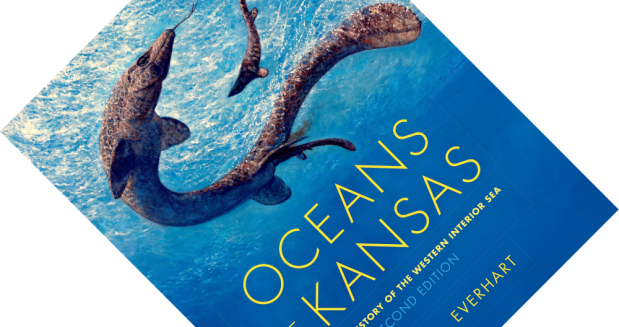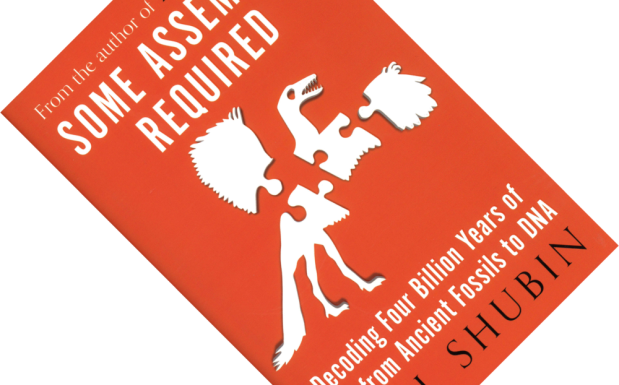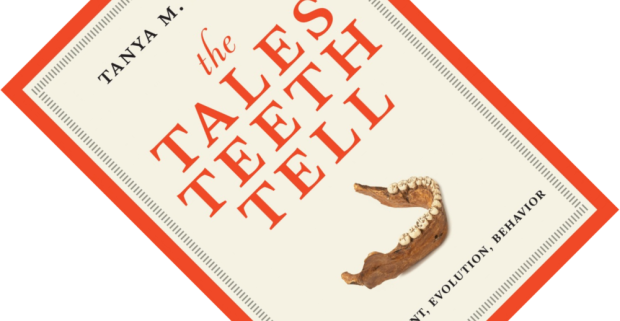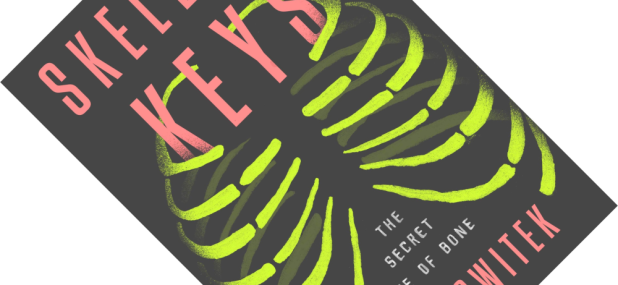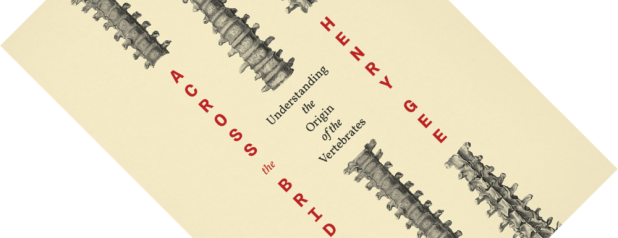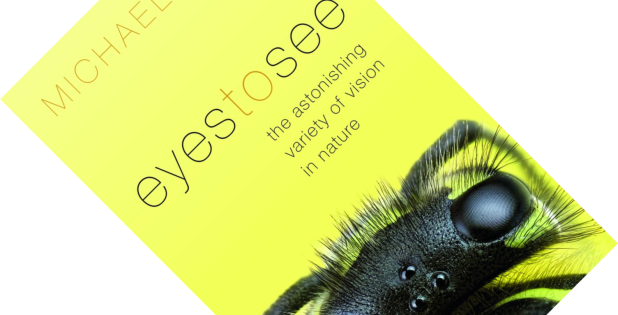8-minute read
The deep past harbours many events, epochs, and places that are still a mystery to me. Case in point: once upon a time, North America was cut in half by an enormous ocean. Something I was only dimly aware of. Luckily, Indiana University Press’s flagship palaeontology series Life of the Past has just the book to remedy that. I may be three years late to the party, but this 2017 book provides all the details one could ask for, and then some.

